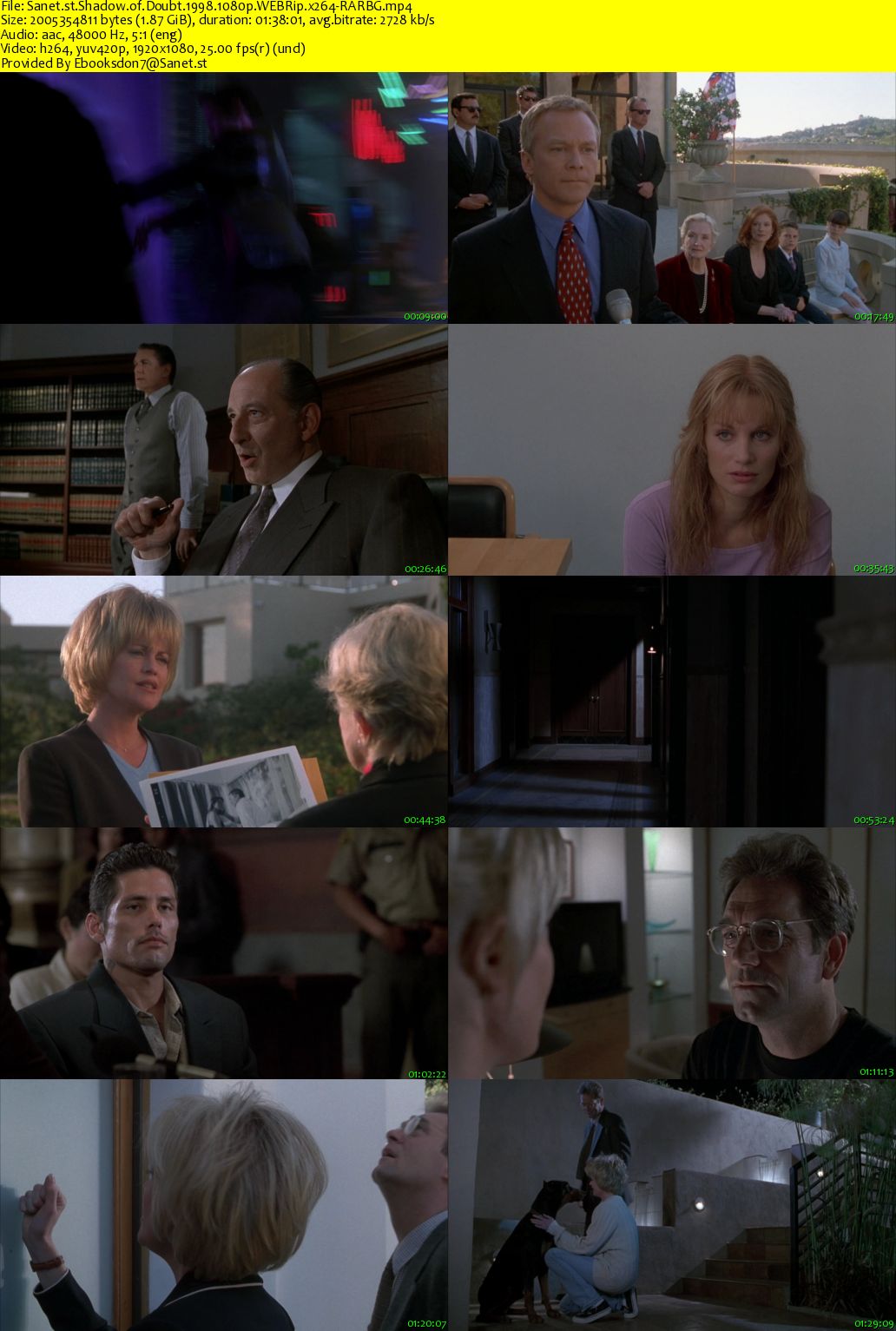
Instead, they approach Wright and ask her to act on their behalf, but when she learns they suspect Cotten of several brutal murders, she refuses to believe it and won’t cooperate. The agents still need to gather more evidence before they can be absolutely certain Cotten is the right suspect, so they don’t want to approach him directly and risk scaring him off again. However, it doesn’t take long for his past to catch up with him in the form of two agents (Macdonald Carey and Wallace Ford) who tracked him across the country. When Cotten arrives, he quickly insinuates himself into the quaint small-town lifestyle enjoyed by the family. Collinge and her husband (Henry Travers) live an idyllic life with three delightful children, a charming home, friends, and plenty of community activities. Collinge’s teenage daughter (Theresa Wright) is especially fond of her uncle and is overjoyed. After eluding the police, Cotten decides to leave the East Coast and come to California to stay with his older sister (Patricia Collinge). We don’t know exactly why the authorities want him, but the enormous wad of big bills he carries suggests he committed a robbery… or perhaps worse.

The film opens with Joseph Cotten on the run from authorities somewhere on the East Coast. While it doesn’t have the glittering cachet of his other films from the period, such as Rebecca (1940), Suspicion (1941), Lifeboat (1944), and Spellbound (1945), it is nonetheless a significant entry in the noir canon and a great film in its own right. Shadow of a Doubt is reportedly Hitchcock’s personal favorite of all his films. Directed by Alfred Hitchcock ( Rebecca, Spellbound, Rear Window).

Premiered January 12, 1943: SHADOW OF A DOUBT, starring Teresa Wright, Joseph Cotten, and Macdonald Carey.


 0 kommentar(er)
0 kommentar(er)
